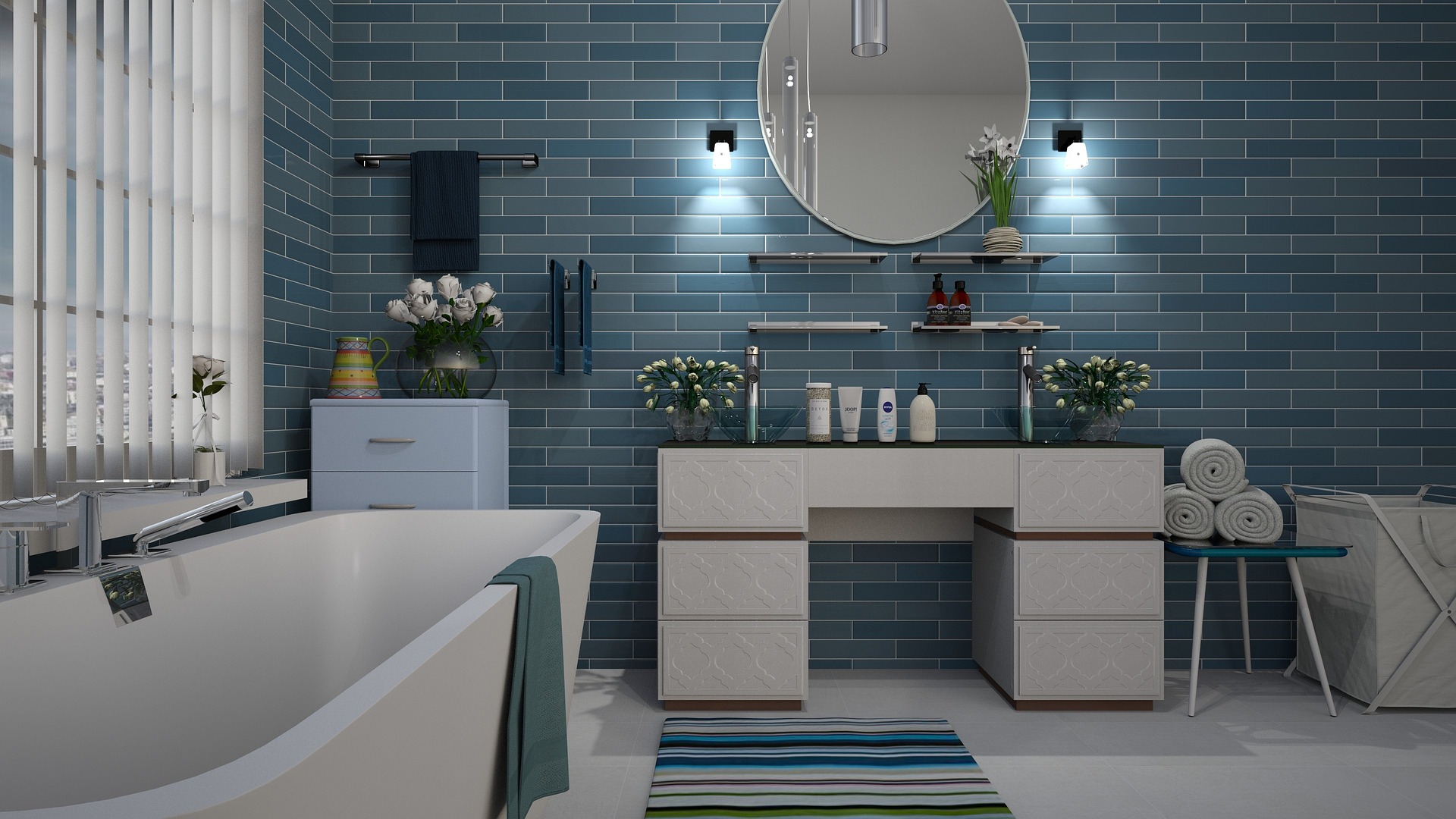Embracing Wabi-Sabi: The Beauty of Imperfection in Home Design
In a world obsessed with perfection, a new design philosophy is gaining traction in American homes. Wabi-sabi, an ancient Japanese aesthetic principle, celebrates the beauty of imperfection, transience, and incompleteness. This article explores how homeowners are incorporating wabi-sabi into their living spaces, creating environments that are both serene and profoundly personal.

The Origins of Wabi-Sabi
Wabi-sabi finds its roots in 15th century Japanese tea ceremonies. Originally, wabi referred to the loneliness of living in nature, while sabi meant lean or withered. Over time, these concepts evolved to embody a deep appreciation for the imperfect and impermanent aspects of life.
In traditional Japanese aesthetics, wabi-sabi manifested in simple, rustic tea houses and carefully curated gardens that embraced natural asymmetry. The philosophy encouraged finding beauty in the modest, the humble, and the unconventional – a stark contrast to Western ideals of symmetry and flawlessness.
Wabi-Sabi in Modern American Homes
Today, wabi-sabi is making its way into American interior design as a refreshing antidote to the pressure of maintaining picture-perfect homes. This approach allows homeowners to create spaces that feel lived-in, comfortable, and uniquely their own.
Key elements of wabi-sabi design include:
-
Natural materials: Wood, stone, and clay are favored for their organic textures and ability to age gracefully.
-
Muted color palettes: Earthy tones and subtle hues create a calm, grounded atmosphere.
-
Handcrafted items: Artisanal pieces with slight imperfections are prized for their character.
-
Minimalism with meaning: Clutter is reduced, but each item has purpose and significance.
-
Embracing wear and tear: Signs of use are seen as adding character rather than detracting from beauty.
The Psychology of Imperfection
Incorporating wabi-sabi into home design isn’t just about aesthetics – it can have profound psychological benefits. In a culture that often equates perfection with success, embracing imperfection can be liberating.
Research suggests that living in environments that celebrate authenticity and imperfection can reduce stress and anxiety. It allows individuals to let go of unrealistic standards and find contentment in the present moment. This philosophy aligns well with mindfulness practices, encouraging a deeper appreciation for the simple things in life.
Practical Applications of Wabi-Sabi
Integrating wabi-sabi into your home doesn’t require a complete overhaul. Small changes can make a significant impact:
-
Display collections of found objects: Arrange pebbles, driftwood, or other natural items to bring a touch of organic imperfection to your space.
-
Choose handmade textiles: Opt for hand-woven throws or quilts with slight irregularities that add character to your furnishings.
-
Embrace patina: Allow metal fixtures to develop a natural patina instead of constantly polishing them to a high shine.
-
Repair with intention: When items break, consider visible mending techniques like kintsugi, which highlights repairs as part of an object’s history.
-
Incorporate asymmetry: Arrange furniture and decor in ways that feel natural rather than perfectly balanced.
The Future of Wabi-Sabi in Design
As sustainability becomes increasingly important in home design, wabi-sabi’s emphasis on longevity and appreciation for aged items aligns perfectly with eco-conscious living. This philosophy encourages keeping and repairing items rather than constantly replacing them with new ones.
Moreover, in an era of mass production, wabi-sabi offers a way to create truly unique living spaces. By valuing imperfection and personal history, homeowners can craft environments that tell their own stories and evolve over time.
Challenges and Considerations
While wabi-sabi offers a refreshing approach to home design, it’s not without its challenges. In a culture accustomed to sleek, polished interiors, embracing imperfection can feel counterintuitive. It requires a shift in mindset and a willingness to let go of conventional ideas about what makes a home beautiful.
Additionally, there’s a fine line between wabi-sabi and neglect. The goal is to create a space that feels intentional and cared for, even in its imperfections. This balance requires thoughtfulness and a keen eye for detail.
Conclusion: Finding Beauty in the Imperfect
As we navigate an increasingly digital and seemingly perfect world, the principles of wabi-sabi offer a grounding counterpoint in our homes. By embracing imperfection, transience, and incompleteness, we create living spaces that are not just beautiful, but deeply human.
Wabi-sabi reminds us that our homes are not static showpieces, but dynamic environments that grow and change with us. In celebrating the cracks, the wear, and the asymmetry, we find a deeper appreciation for the beauty of life itself – imperfect, ever-changing, and wonderfully real.





